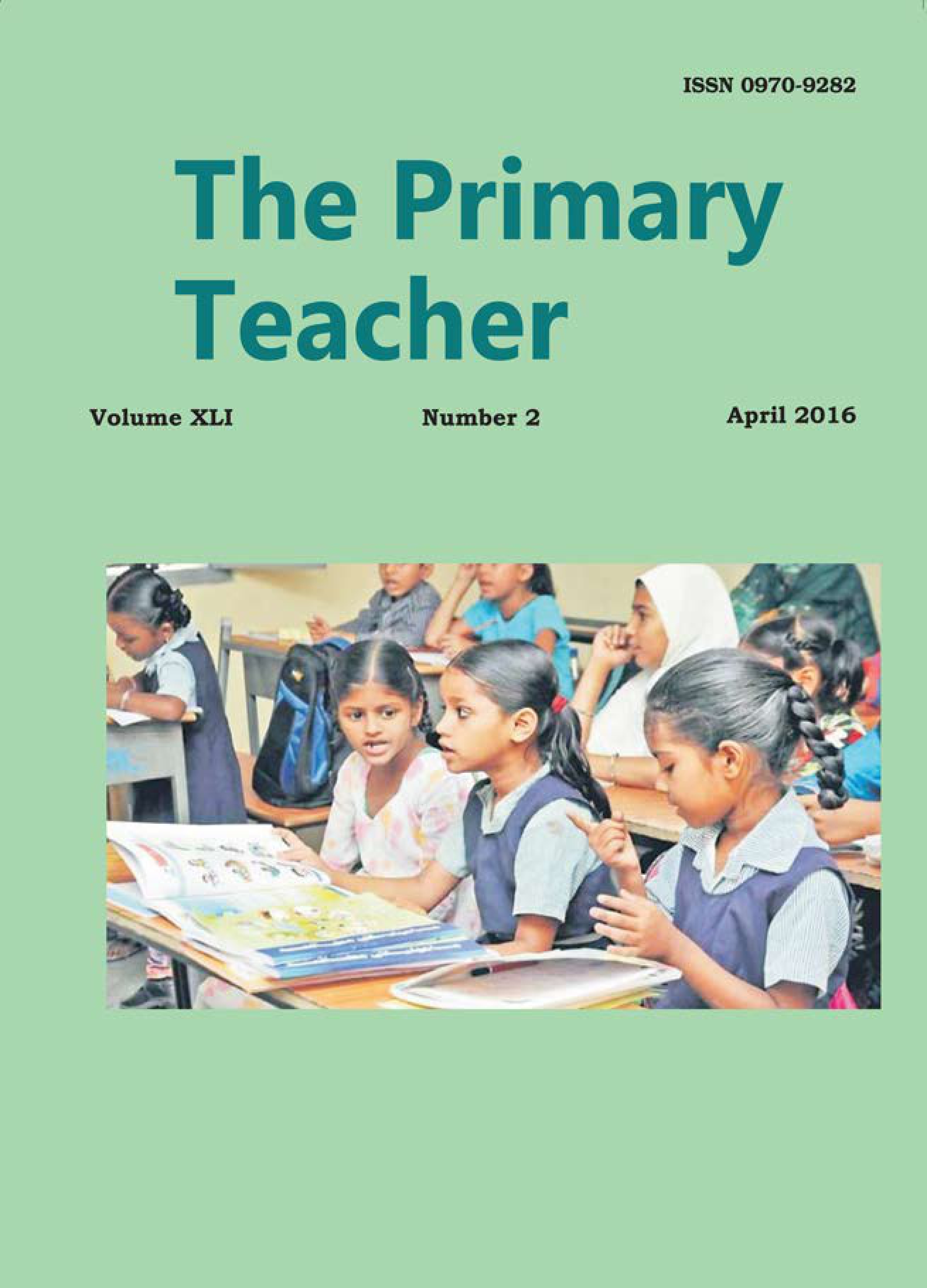Rhyming the Rhyme: Rhymes and Songs as Inputs and Instruments for familiarising Children with the English Language

Published 2024-12-05
Keywords
- ‘repeat, recite and practise,
- cognitive skills,
- learning
How to Cite
Abstract
Children are active and curious. They like actions and songs. When they sing and do actions, they actually learn things by doing. It is not just learning by doing, it is also learning to do things by doing things. Rhymes and songs are useful for creating phonemic awareness among learners, and they are the predictors of a child’s reading development. This paper tries to list the benefits of using rhymes and songs as inputs for the development of literacy and cognitive skills in children, and prepare them for listening, speaking, reading, and in due course, writing. The paper also presents some strategies for the teaching–learning of rhymes and songs. Strategies like snowballing, echo principle, choral and closed eye singing make rhymes interesting, and draw the attention of children to themes and help them acquire a language. Thus, rhymes and songs become inputs for language processing, leading to language acquisition.
